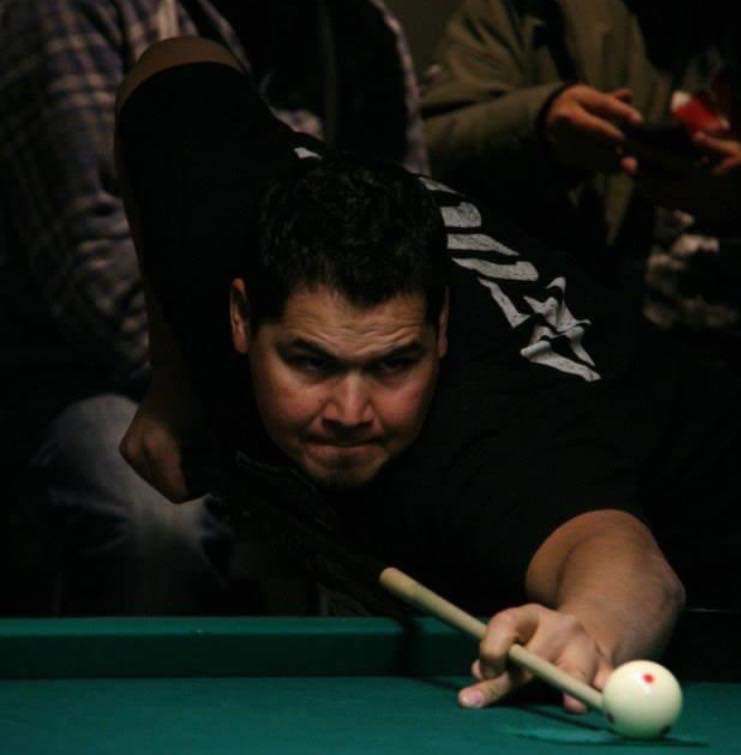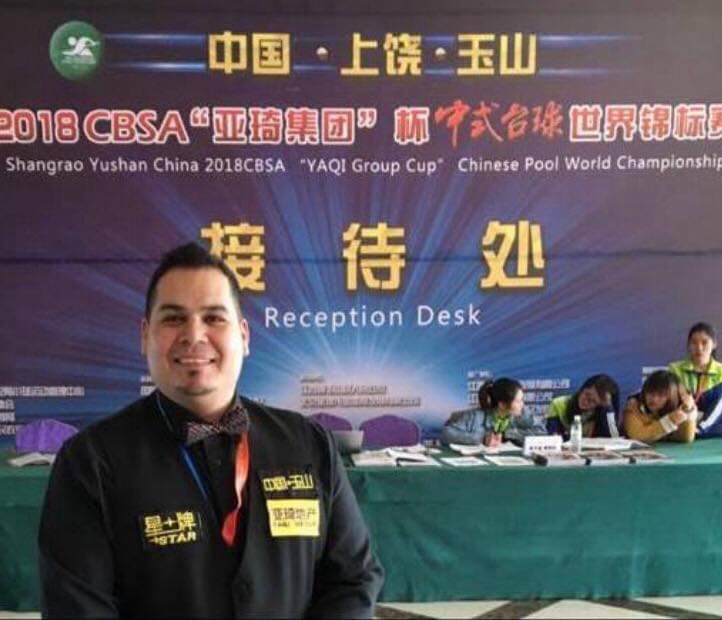By: Nikkol Medicine
Boozhoo, Miskwa beneshii dizhnikaaz
As part of my University experience as a professional student and my nursing practice – I strive to advocate and bring awareness to cultural safety, sensitivity and competence within my class work and overall program. Nursing Theory is one of the multiple mandatory courses nursing students are required to obtain within nursing school. In this course we learn about various theorists and theories that have grounded nursing practice throughout history.
Nursing theory is a ubiquitous, diverse yet fundamental component to a nurses practice. As future nurses, the heart of our nursing practice is to ensure our knowledge is well informed from relevant theorists and theory models. Smith and Parker emphasize, “Nursing theories are an important part of this body of knowledge, and regardless of complexity or abstraction, they reflect phenomena central to the discipline, and should be used by nurses to frame their thinking, action and being in the world” (Smith & Parker, 2015)
As part of my Nursing Theory course, our final assignment was to construct a creative medium piece. Guidelines for this assignment outlined an artistic portion and a written portion that had to weave theories and theorists together. Depiction of my artistic rendering portrays Indigenous culture, and how elements within my culture reflect similarities of three major grand theories, and one middle range theory we have studied throughout this course. My written portion of my document provides thorough explanation to support my art through annotated bibliographies that reflect the importance and relevance of Indigenous culture and nursing practice.
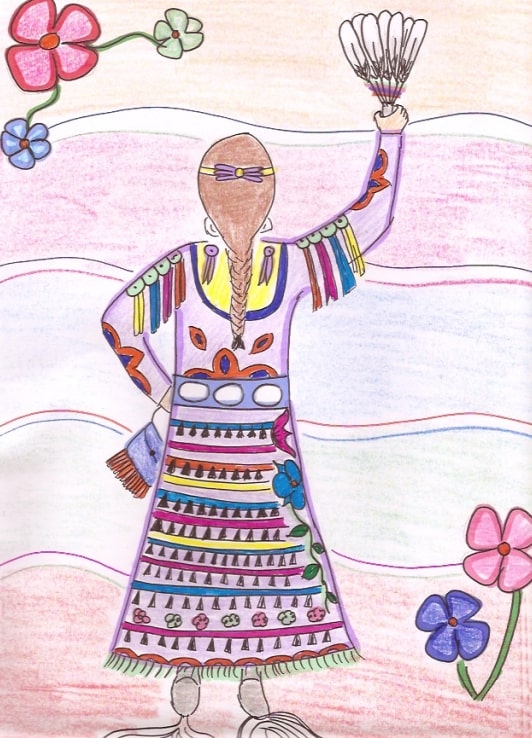
Throughout our nursing theory course, one theory that I have found significant value for is Roy’s adaptation model. This model expresses a fundamental basis around people and their environment as adaptive systems. Roy’s adaptation model is represented in my first art piece that portrays holistic health, and Indigenous connections to the land and animals. Within my culture, the teachings that have been shared with me involve a connection we share with our language, land and animals. My teachers have conveyed the importance of taking care of the land, giving back what you can, never taking too much of something and that nothing is wasteful. My art also depicts the sacred medicine wheel, and within this wheel the colours also hold their own representations of certain teachings, for example the four directions, and four sacred medicines. I feel my artistic rendering shares an important piece to Indigenous culture, and how learning and incorporating these values within your life, along with Roy’s adaptation model can benefit healing for Indigenous peoples.

Another theorist this course has introduced is Jean Watson, and the theory of caring she has refined. The history of this theory was based upon Watsons personal views as a nurse and blended throughout her succeeding academic studies. One of the concepts Watson’s theory introduces is the 10 carative factors, which was established to provide nurses with practice foundations. In other words, carative factors is the philosophy and theory of human caring and used instead of “curative” to distinguish between nursing and medicine. These factors I feel weave into the gifts of the seven grandfathers, and my artistic rendering of the seven grandfathers display the connections to this theory. Within my culture, we acknowledge these seven grandfather teachings with an animal that reflects each gift. Within my culture, I have learned that each of these teachings should weave together and be part of living a good life, “Bimaadiziwin”.
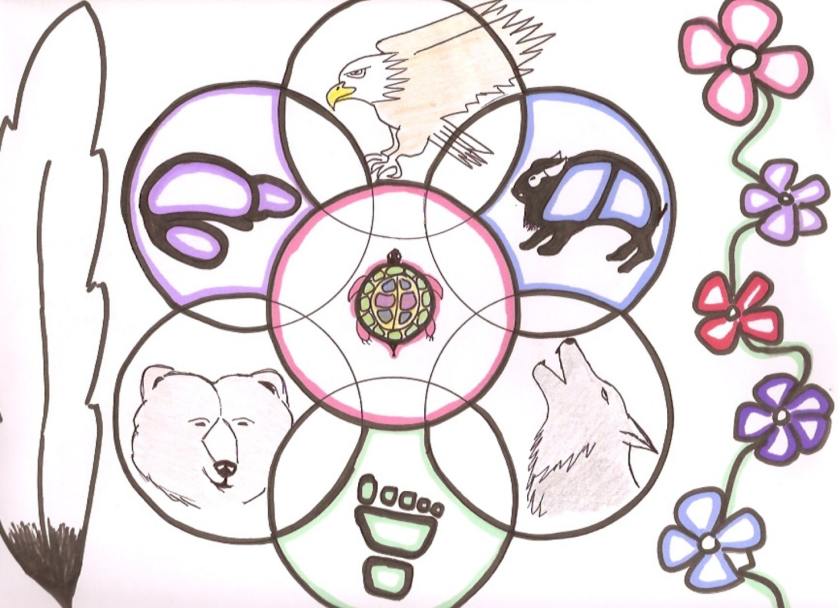
The final grand theorist that is relevant to my artistic rendering includes views of Madeleine Leiningers culture care theory. Within her theory, she focuses on the essential scope of practice that believes in transcultural nursing, and ensures nursing practice provides therapeutic meaningful healing (Smith and Parker, 2015). My artistic rendering of traditional healing focuses on the inclusion of my knowledge around the four sacred medicines, which include tobacco, sweet grass, sage and cedar. These medicines are used in many ceremonies for different reasons to provide a connection to one’s spirit, and spiritual healing.
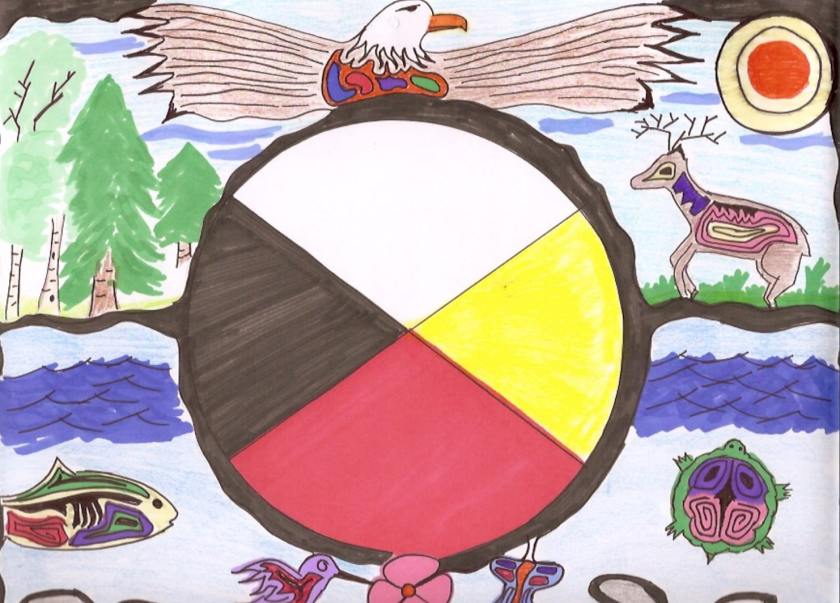
The middle-range theory used to reflect my artistic renderings, and traditional healing is through the use of Patricia Liehr and Mary Jane Smith’s Story Theory. The use of this theory is recognized to be important within nursing practice, as often times health care decisions that are made for patients are based upon the receiving and telling of stories. The last piece of my artistic rendering represents a traditional dance, known as the jingle dress dance, and this dance is relevant to weave into story theory. The origins of this dance stem from a story that took place within my community of Naotkamegwanning First Nations. The story of the jingle dress dates back to the early 1900’s and it involves a young girl from my community, who became suddenly ill. Today, my community of Naotkamegwanning First Nations, is known as home of the jingle dress, and the teachings of this dress represent it as a healing dance that is still cherished today.
In closing, I feel each artistic rendering represents a story and relationship within its own reflection, that overall revolves around holistic health, healing and wellbeing.
Nikkol Medicine is a Naotkamegwanning First Nation community member currently enrolled in the Bachelor of Science of Nursing program at Nipissing University in North Bay, ON.


